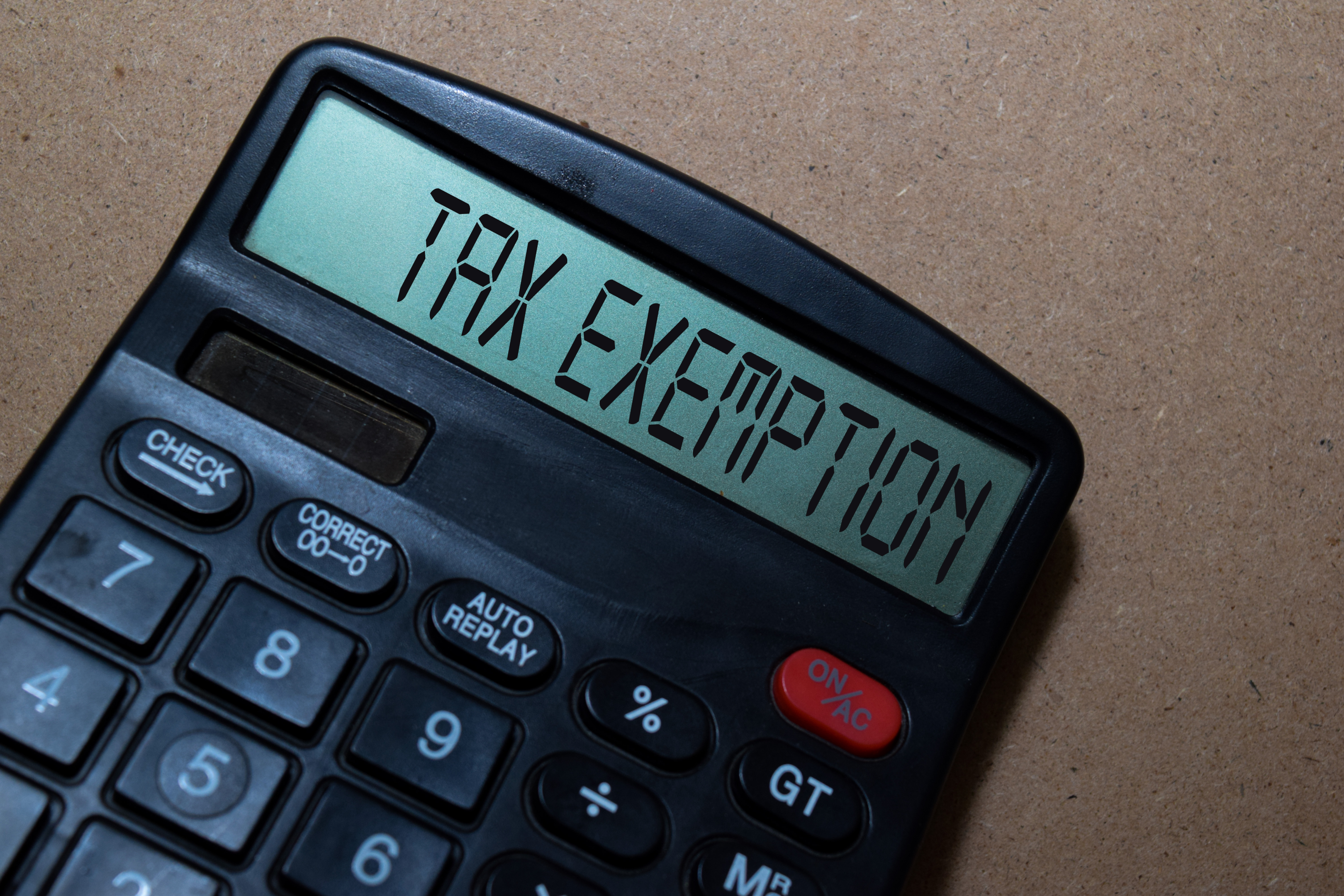Keogh Plans: What are These Plans and Are They Adequate For Me?
In This Article
As a self-employed entrepreneur, saving for retirement is one of your biggest challenges. Unlike traditional employees, you cannot access a company-sponsored 401(k) plan or pension. However, you have the Keogh retirement plan option, thanks to Eugene Keogh!
Keogh plans are retirement savings accounts designed specifically for self-employed individuals, including entrepreneurs, freelancers, and sole proprietors. Keogh plans offer unique tax benefits and higher contribution limits than other retirement options like SEPs and 401(k)s.
This comprehensive guide will explore Keogh plans, including their types, tax benefits, comparison to other plans, how to set them up, and key factors to consider.

Types of Keogh Plans
Regarding retirement plans, your business can choose two types of qualified plans: a defined contribution plan (often called a profit-sharing plan) and a defined benefit plan. Both offer advantages, but the critical difference lies in how the plan beneficiary's benefits are determined.
While the beneficiary of a defined contribution plan receives whatever balance is established for them through regular contributions from the employer, the beneficiary of a defined benefit plan can receive benefits based on pre-determined formulas like service and salary requirements.
Understanding which type of plan could be best for you and your employees is important in creating and maintaining long-term financial security. Let's go over both.
Qualified Defined Contribution Plan
Qualified Defined Contribution plans are further classified into two: Money Purchase Plans and Profit-Sharing Plans. Money Purchase plans involve opening a fixed account that receives a specific percentage of salary contributions every year. On the other hand, profit-sharing plans allow you to share your annual income instead of being restricted to a fixed sum.
Features and Benefits
With a Keogh Profit-Sharing plan, you can control the annual contribution in cash, actual shares, or common stock equivalents. This approach helps foster a sense of shared ownership to incentivize your employees to work for the company's success.
Contribution Limits
The annual contribution limit for Keogh Profit-Sharing plans is up to $66,000 (for the tax year 2023), which can be up to 25% of self-employment income.
Eligibility Requirements
Any self-employed individual or company can open a Keogh Profit-Sharing Plan to provide employees with a defined contribution cash bonus or additional retirement savings.

Qualified Defined Benefit Plan
Qualified Defined Benefit plans provide participants with a fixed maximum annual benefit amount based on a pre-determined formula. In other words, the annual benefit amount remains constant regardless of changing economic conditions.
Features and Benefits
Keogh Defined Benefit plans are one of the more traditional “gold standard” retirement plans with attractive tax benefits and employee contributions. They are also company-sponsored, which means the employer needs to hire an actuary to determine how much the company needs to contribute to increasing the employee benefit within IRS limits.
Contribution Limits
Contributions are calculated by an actuary based on the benefit you set and other factors (your age, expected returns on plan investments, etc.); no other annual contribution limit applies.
Eligibility Requirements
Sole proprietors, partnerships, and corporations operating under unincorporated businesses can use the Keogh Defined Benefit plan option.
Tax Benefits of Keogh Plans
Keogh plans offer numerous tax benefits, including deductions for contributions to the plan and deferral of taxes on earnings until retirement. Contributions to sponsor retirement plans are considered deductible business expenses and can reduce your self-employment or corporate tax obligations. Additionally, any growth in the value of investments within a Keogh plan is not subject to federal income taxes until it's withdrawn.
Tax-Deductible Contributions
One significant benefit of Keogh plans is the ability to deduct contributions to retirement accounts from your taxes for the current year. As a self-employed individual, this helps reduce your tax rate by ensuring you pay taxes on a reduced taxable income amount.
Tax-Deferred Earnings
Like other retirement savings plans, the money in a Keogh plan grows tax-deferred until you begin taking distributions or withdrawing the funds in retirement.
Tax-Exempt Distributions
Additionally, Keogh plan withdrawals are tax-exempt only after 59 1/2 years old. Tax-exempt withdrawals mean you don't have to include the money as taxable on your income tax return, which is a great advantage over traditional savings accounts.

Comparison of Keogh Plans with SEP and 401(k) Plans
The Keogh plan is great for self-employed individuals and small business owners. However, there are some differences compared to SEP and 401(k) plans.
Contribution Limits
Keogh plans offer higher contribution limits than any other self-sponsorship retirement savings plan. While the 2023 401(k) limit is $22,500, you can contribute up to $66,000 in a Keogh plan.
Administrative Burdens
Keogh plans involve additional administrative burdens, unlike other retirement savings plans. As the plan sponsor, you must provide annual reports on the plan, which must be filed with the IRS.
Upkeep Costs
Keogh plans also come with an associated cost for administration and management. The cost is, however, tax-deductible, and you can write it off as part of the operational expenses for your business.
How to Set Up a Keogh Plan
Setting up a Keogh plan involves a few steps that will vary depending on the type of Keogh plan rules you intend to set up. Follow these general steps, and you're good to go:
- Establish Your Business as an eligible entity.
- Determine Whether or Not You Have Eligible Employees
- Select a plan administrator to manage the plan
- Select an investment custodian
- Design and Adopt the Plan Document
- Open and Fund the Plan
- Deposit Contributions and File Annual Reports.
Documentation Required
The documentation required to set up a Keogh Plan may include forms such as IRS Form 5305-SEP, Form 5300, Form 5500EZ, and supporting documents like a Summary Plan Description, annual reports, and financial statements.
Factors to Consider Before Setting Up a Keogh Plan
Before establishing a Keogh plan, consider the following factors to ensure that this type of retirement plan will be the best one for you and your business:
Short and Long-Term Retirement Goals
It's important to consider how much you want to save, your retirement age, and how much you want to be financially independent.
Financial Situation and Cash Flow
Determining how much you can afford to contribute and the impact it will have on your cash flow is essential.
Investment Objectives and Risk Tolerance
It's important to choose investments with investment objectives and risk tolerance in line with the investment strategy adopted for the Keogh Plan.

Conclusion
Keogh plans provide an excellent opportunity for self-employed individuals to save for retirement, reduce their tax liabilities, and leverage competitive contribution limits. As highlighted in this comprehensive guide, Keogh plans come in different variants with varying contribution limits, eligibility requirements, and tax benefits.
We highly recommend seeking professional advice regarding the types of Keogh plans that best suit your unique financial objectives, cash flow needs, risk tolerance, and investment strategy. We hope this guide has helped educate you on Keogh plans, and we wish you happy retirement planning!

